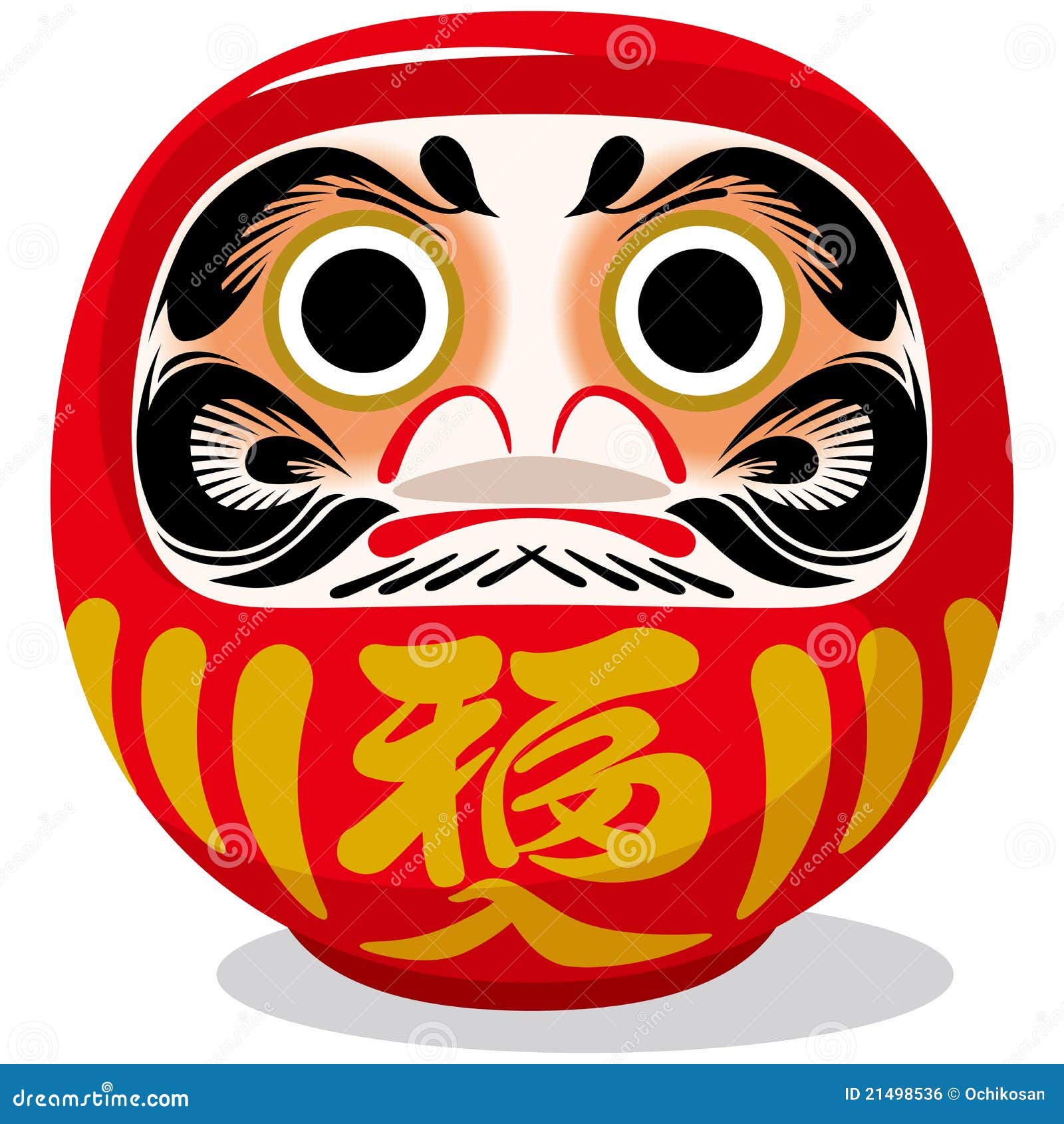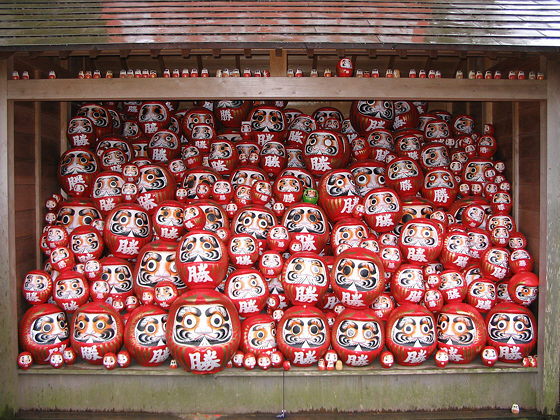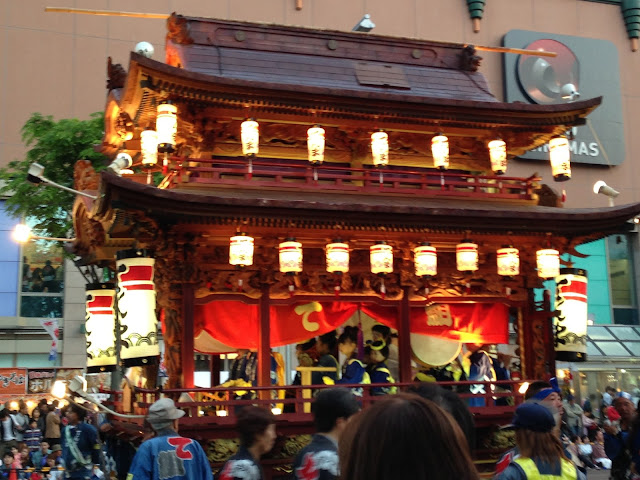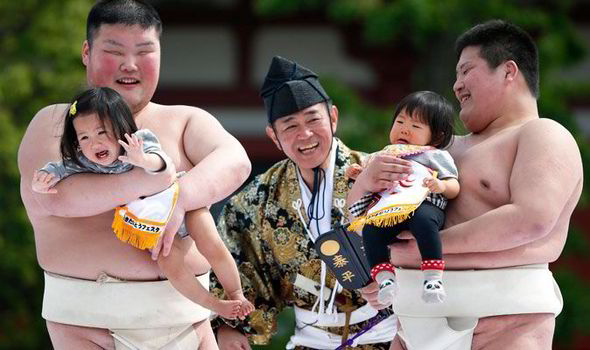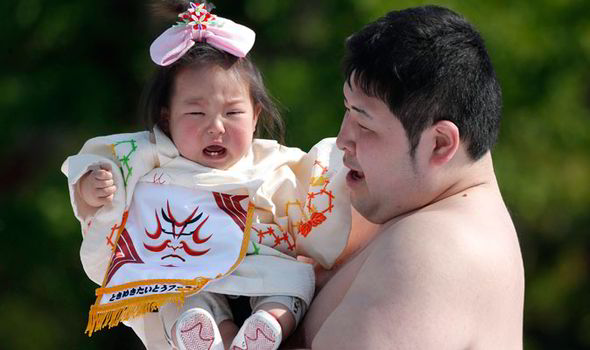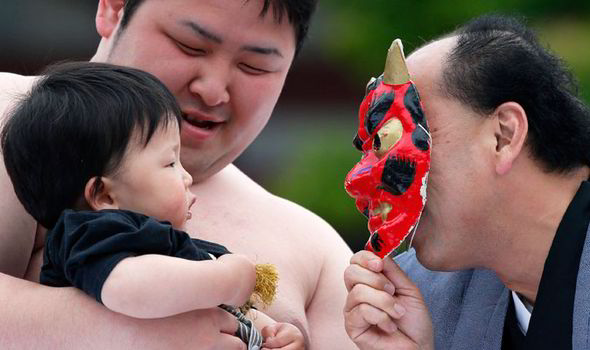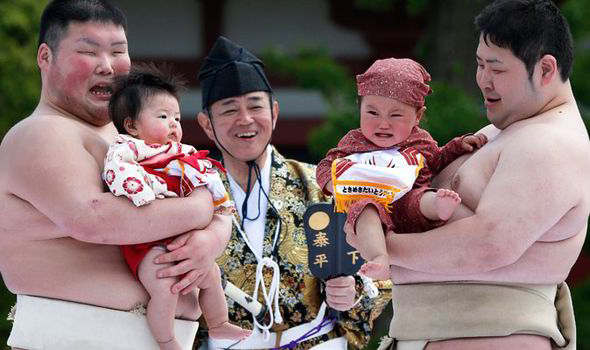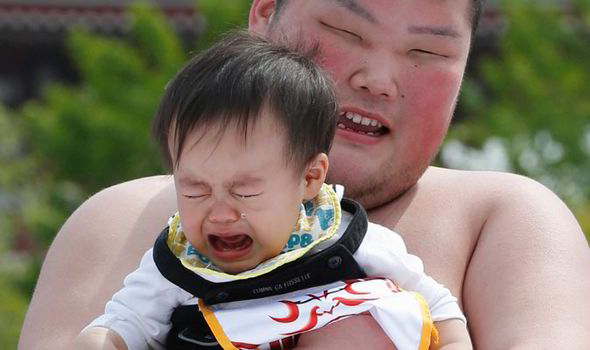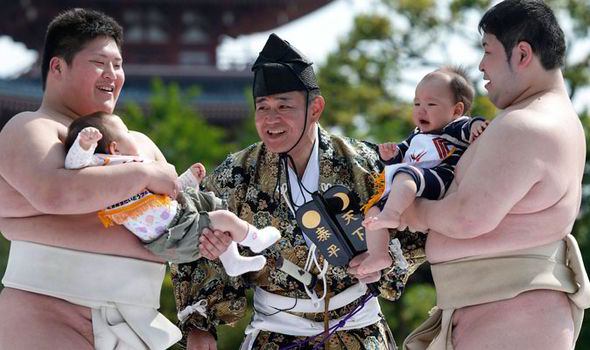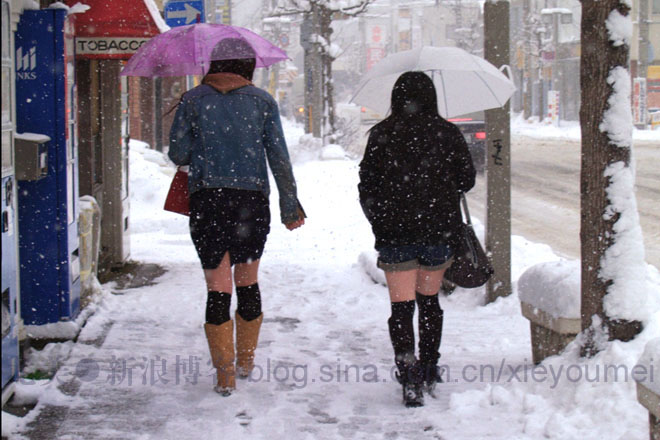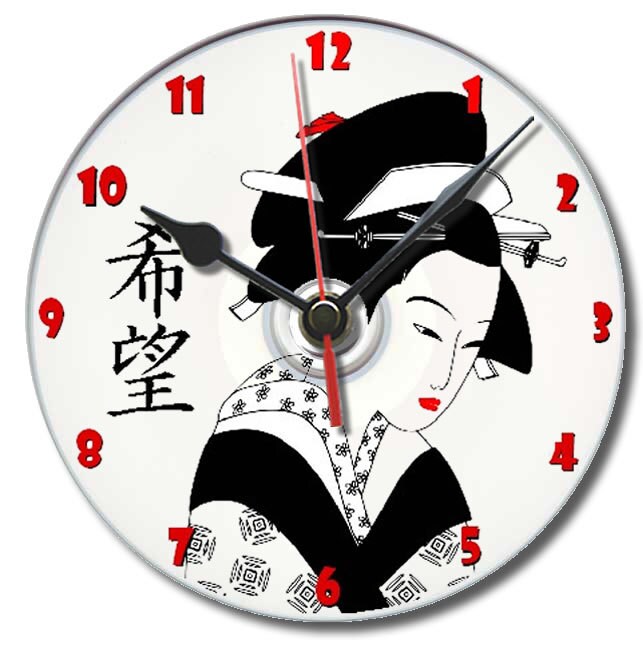Tea ceremony is, in my opinion, one of the most cultural things you can do in Japan. As far as I know, only Japan has this kind of ceremony. It wasn't not in my bucket list of things to do in Japan though. Why? First, I'm not a fan of tea. I just got used to it since it's daily served in my school. Second, I heard some negative feedback about it. And yes, I'm easy to be influenced sometimes. Last, I just didn't get the chance until last Sunday.
While most people are tucked in their houses because of the rainy weather, a couple of my friends and I are in a tea room sipping fine tea, nibbling on Japanese sweets and sitting on our heels. A Japanese lady volunteered to host a free tea ceremony for us. I haven't even met her until that day. Sweet, sweet lady!
Chado is the Japanese term for tea ceremony. It means the Way of the Tea. I'll just describe briefly what happens in the tea ceremony. For a more detailed description, I suggest the entry at
Wikipedia. It's more informative than what I can write.
So here's how it usually goes.
 |
Tea Ceremony Room
credit: http://en.wikipedia.org/wiki/Japanese_tea_ceremony |
1. Guests enter the tea ceremony room on their knees.
2. Guests walk in front of a scroll and look at it. Then look down at the vase and a rock-like thing below the scroll.
3. Guests proceed to look at a tea "equipment" - the tea container, kettle and water jar.
4. Guests sit around the room in a circular fashion.
5. The hosts enters the room, say something and the first guest say something again. (I can't figure out what they're saying.)
6. The hosts offer the first round of Japanese sweets.
7. The hosts make the tea and the guests get their tea one by one.
8. Guests say a bunch of Japanese words to the person on their right, on their left and to the host before drinking their tea.
9. When consumed, guests have to look at the bowl and admire the design on it.
10. Return the bowl.
11. Repeat from 6-10.
Gosh! I didn't realize there's so many steps. During the whole time, I try to be focused on what the person before me was doing and saying. No wonder it's called a ceremony because it's very "ceremonial."
(More on Japanese Tea Ceremony, here)
Now for the tips:
1. Allot 3-4 hours of your day if you're planning to attend a tea ceremony.
I didn't realize that this tea thing will be that long. When I agreed to come, I just thought that it's like hanging out in Starbucks drinking coffee and I can leave when I feel like it. This is not the case. The guests don't drink the tea simultaneously. They drink it one by one. There were 7 of us last Sunday. Imagine if there's more.
2. Prepare to sit on our heels for a long time.
I don't know how and why the Japanese sit on their heels, but they do. We, foreigners, just have to respect that and go with it the whole 3-4 hours of tea ceremony. It's not easy and I don't know how to prepare yourself for this. Just be mentally prepared, I guess. My legs were thankfully still okay after this ordeal.
 |
Tea Ceremony
credit: http://www.insidejapantours.com/fully-tailored-japan-holidays/i-ac04/tea-ceremony/ |
3. If it's your first time, don't be the first guests in line.
There were seven of us and I was the 3rd in line. I wish was 4th or 5th or even last so I would have had more time to observe the procedure. Also, there were Japanese phrases that we have to say. I only remembered "Osakini." The other phrases, I don't know how I was able to utter them.
4. Observe, observe and try to appreciate.
As I've mentioned, the procedure in the tea ceremony is very specific. Even how you hold the bowl and place your bowl should be properly done. So your observation skills will be tested.
As for the try to appreciate part, it was something I had to keep in mind. The main thought in my mind was this "What's the big deal?" In my gaijin mind, the tea ceremony is just actually a way to hang out with other people. The very specific, and even rigid, procedure seemed to rob off the joy of being with others. But this is just my opinion.
More than the tea ceremony and all it's drama, what I appreciated is our host's hospitality and generosity. Never mind the sore legs, I got to experience a very cultural thing, filled myself with tasty food and drink and met some nice people. I just don't think I'll do a tea ceremony again.







